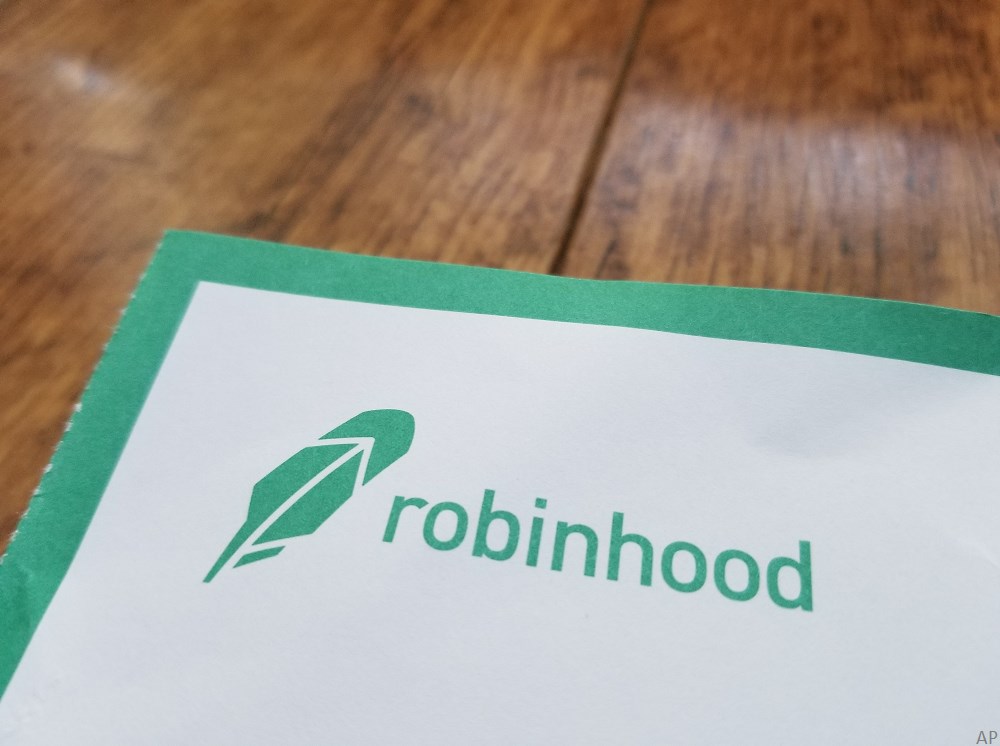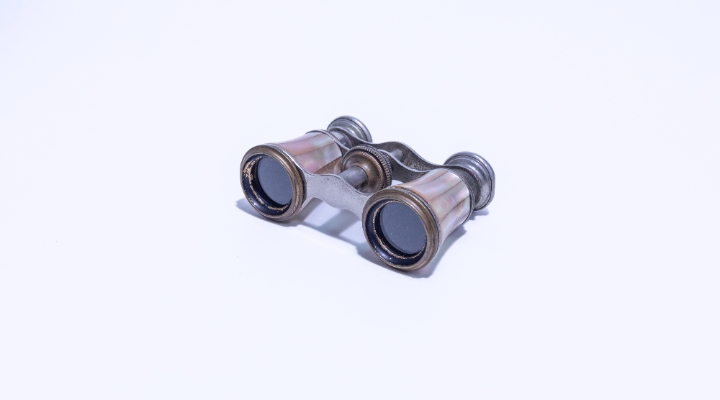
With the roll-out of vaccines and signs of growth returning to the economy, some investors may be getting complacent as the equity market keeps rising on expectations of continued good news ahead. But that’s going with consensus.
Conrad Dabiet, lead manager of the $7.3 billion 5-star gold-rated Manulife Dividend Income D, is using the period of calm to concentrate on growth factors that last.“We always go back to our process and discipline and look for durable businesses run by exceptional management teams that have track records of executing their business plans. They focus on growth opportunities, either organically or through acquisitions,” says Dabiet, senior managing director at Toronto-based Manulife Investment Management Inc., who has been with Manulife since 2003 when he earned a Bachelor of Commerce degree from Queen’s University.
Moving into Middle Stage of Economic Cycle
“Where we sit today is back at square one. Our portfolio looks a lot like it did at the end of 2019, and the start of 2020,” says Dabiet, who shares management duties with Chris Hensen, managing director. “We believe we are moving into the middle stage of the economic cycle. People will come back to quality businesses that can grow through good times and bad times and take advantage of their market position to create good outcomes for equity investors.”
In 2020, Manulife Dividend Income D returned 22.14%, compared to 7.31% for the median fund in the Canadian Focused Equity category. But since the start of the year, the fund has been a laggard and returned 2.45%, versus 9.03% for the category. That’s a reflection of the change in the market which has favoured value-oriented names.
Cyclical Upside will Subside
“We saw a period like this in 2016 when the yield curve steepened and there was a rotation into value,” recalls Dabiet. “Our stocks just stayed in place, while the rest of the market raced ahead, chasing cyclical upside. Our stocks’ valuations contracted for a period. As that trend subsided our companies were able to see valuations expand and their earnings grow over time. For us, it’s always about focusing on our discipline.”
Durability Over Market Participation
Indeed, history appears to be repeating itself as many holdings in the fund have seen their valuations contract. “We benefitted from our positioning last year. But there’s been a steepening of the yield curve and there seems to be a correlation with so-called value stocks,” Dabiet reiterates. “We focus on the durability of the companies that we own. They didn’t participate as much [as others] in that period, so it’s not surprising to us. We saw a similar situation in 2016 and we came through that fine. And 2017, 2018, 2019 and 2020 turned out to be fine as well.” Indeed, he notes, the fund was a top-quartile performer in those years.
From an asset allocation viewpoint, the fund is mandated to have a 51/49 split between Canadian and U.S. assets. As of March 31, the mix was 38.1% U.S., 52.7% Canada with very small holdings in countries such as the U.K. About 20% of the assets are in convertible bonds and cash. From a sector viewpoint, industrials comprised the largest sector at 33%, following 17.9% information technology, 10.8% healthcare, 10.8% financials and 9.3% utilities. The fund has a running yield of about 2%, before fees.
Business Risks Over Sector Weights
Dabiet hastens to add that the sector weights are a by-product of the stock-picking process and portfolio construction discipline. “We really focus on diversification and weigh companies according to business risk. Within the industrials, for instance, we have transportation companies and waste collections businesses, for instance,” says Dabiet, noting that the fund has an active share of over 80% (which indicates the degree to which the fund differs from benchmark indices such as the S&P/TSX Composite Index). “When we go outside Canada we go into areas where there is very little representation at home. That’s healthcare and information technology, for instance.”
The portfolio is highly diversified and has about 175 holdings. It is also subject to high turnover as the turnover ratio last year was 225%.
“There was tremendous issuance of new public companies. The past few months was the most active IPO [initial public offering] market since the year 2000. There was also a record amount of convertible debt issuance,” says Dabiet. “We dramatically increased the number of names in the portfolio as we saw opportunities to participate in some new companies. Last year was just a very active period and we were monitoring our core holdings while evaluating new companies coming to market.”
About 20 names are regarded as core holdings and account for about 60% of the portfolio. Many have been held for four or five-plus years on average. “Then there is a long tail of companies that are either new to the capital markets or are being evaluated for larger positions,” says Dabiet. “We like to trade around positions as we see markets move up and down. We are always evaluating companies to see if we should increase the size of the holding.”
Highest Conviction Names
While Dabiet and Hensen look for a variety of corporate attributes, such as a consistent dividend yield history, they place the greatest emphasis on the management team and culture specific to each business. “That’s why we conduct a tremendous number of company meetings. If you can find that special management team, that creates a virtuous circle of accountability and execution, then those are quite rare. That’s why we have a relatively small number of core holdings. They are our highest conviction names. It takes years to build up this knowledge. When we identify them, we very much gravitate towards them.”
One representative name is Brookfield Renewable Corp. (BEPC) “They were very fortunate to build up a portfolio of renewable power assets, of which about two-thirds are hydro assets. As the world has been awakened to the need to move to a more sustainable energy future, these assets have fulfilled that need,” says Dabiet. “On top of that Brookfield has made acquisitions in the renewable space, globally, to continue to build out their portfolio. They are unique in terms of focusing on assets they have today and their ability to acquire assets.”
Brookfield, which generates about 20,000 megawatts of power, pays a dividend yield of 2.5%. Dabiet is reluctant to reveal to what extent the stock may be undervalued. It is currently trading at $48.50.
Another favourite is GFL Environmental Inc. (GFL), which was acquired in an IPO just before the market crash in March 2020. “They continue to execute on their plan and operate a reasonably stable business of waste collection. Certainly, they have had some headwinds in the form of reduced waste due to the closures of restaurants, for instance. But they have weathered the storm of COVID-19 and have announced a number of acquisitions that are strategic to their business.”
Significantly, the stock has more than doubled from its IPO price of $20. “Obviously, it was a terrible time to go public. You can’t ever time things perfectly,” says Dabiet. “But the company was able to execute what they set out in the IPO, in terms of running a stable business and making acquisitions to grow the business. They have done that, and the value has come through in the market.”








.jpg)












